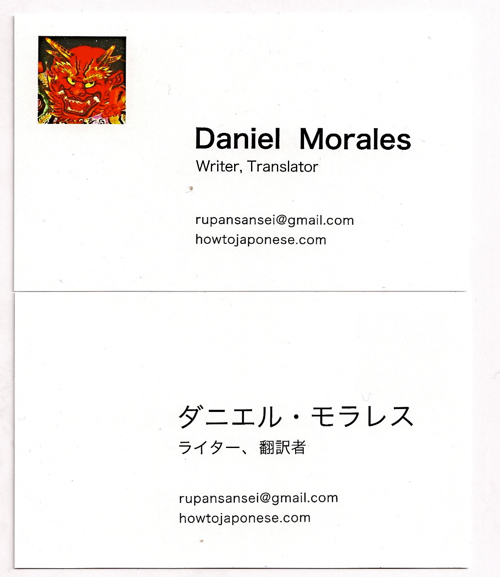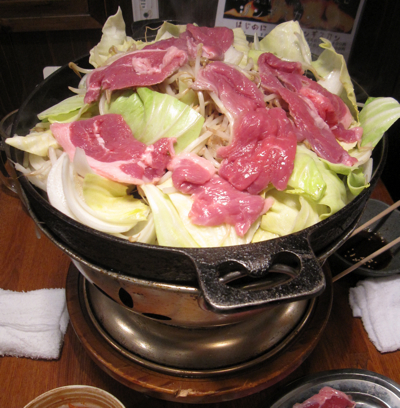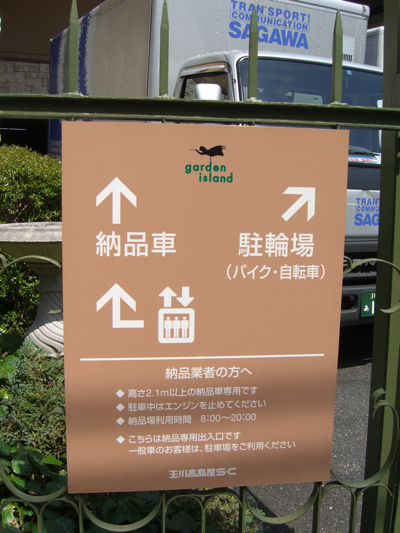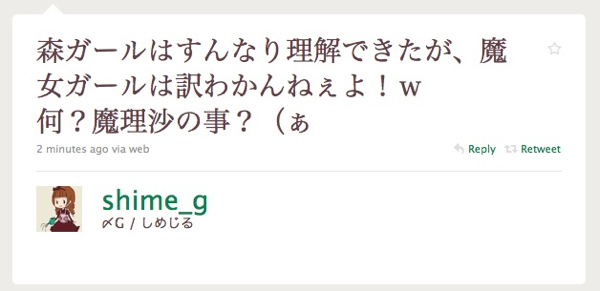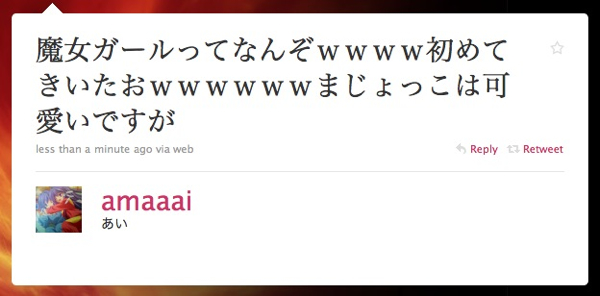My parents were here for sakura season, so Brian and I took them to our final stop on Tokyo Ramen Street – Keisuke Nidaime. I do not recommend this shop if you have cats – you will leave covered with the delicious scent of shrimp and lobster, irresistible to most felines.
This was my second time at Keisuke Nidaime. The first time I had the lobster ramen, and this time the shrimp wonton. They are both amazing, and I recommend trying both. The lobster broth is slightly thicker. I think I’ll definitely be back one more time to try the “super-thick” lobster tsukemen.
CollaboRamen – けいすけ二代目 Keisuke Nidaime from Daniel Morales on Vimeo.

